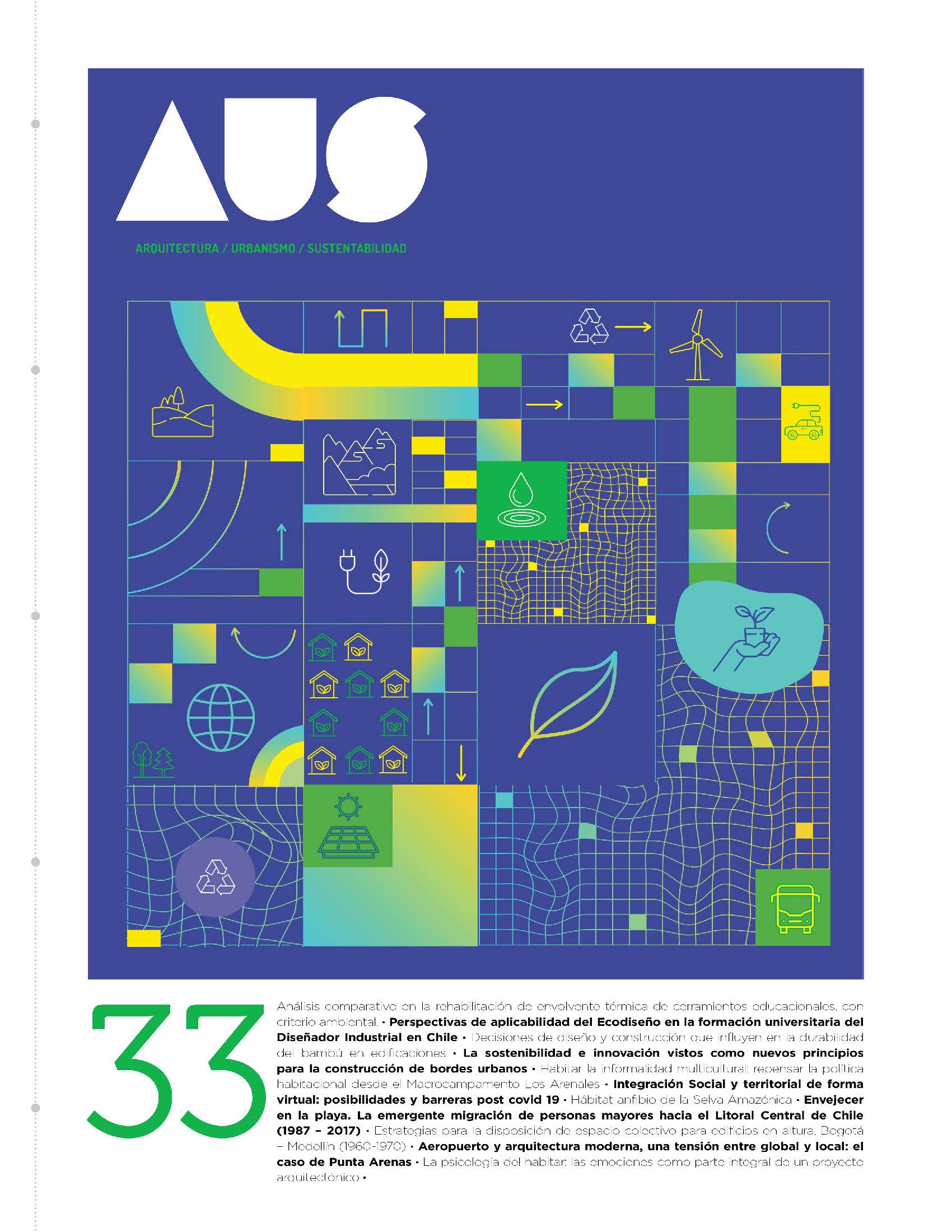Comparative Analysis of Thermal Insulation Restoration with an Environmental Criteria in Educational Infrastructure
Main Article Content
Abstract
This research seeks to verify the carbon footprint in the thermal insulation of enclosures for restoration projects in educational infrastructure, using the life-cycle analysis. The comparative analysis of the cases focuses on vegetal, mineral, and synthetic insulation materials. The results show that the carbon footprint in compared solutions decreases only where local thermal insulation is used, as in the case of blow-in cellulose and expanded polystyrene (EPS). Solutions with imported insulators with negative carbon footprint in the extraction-manufacturing stage (such as cork slabs or rock wool) increase their footprint in the construction phase by up to three times compared to local solutions due to the impact of transportation. The conclusion is that the impact of transportation in the construction of enclosures considerably increases CO2 emissions in the project’s life cycle, with local insulation being the most sustainable solution.

